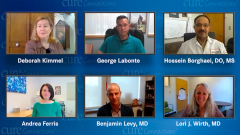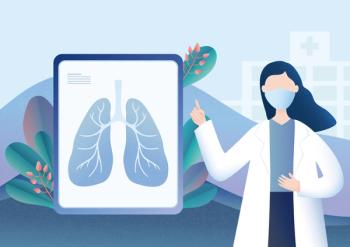
The Emerging Role of Liquid Biopsies
Drs Benjamin Levy and Lori J. Wirth comment on the current role of liquid biopsies in lung and thyroid cancer.
Episodes in this series

Hossein Borghaei, DO, MS: We have a couple of minutes for this section. Can you tell me about the liquid biopsy, since you brought it up a couple of times? It’s an important element of all this. We all know that you’re a major advocate for liquid biopsy, so can you explain it to us?
Benjamin Levy, MD: I’m going to do it in 60 seconds or less. Essentially, we have a new technology that can isolate circulating tumor DNA that’s shed from the tumor, and we can run the same types of sequencing on that circulating tumor DNA in the blood that we do on the tissue. So this is an accurate molecular surrogate for what’s going on in the tissue. Ideally, the concordance between what you find in the blood and what you find in the tissue should be 100% in an ideal world. It’s not. But what we’ve learned in lung cancer is that if we layer in the liquid on a patient who’s already had a tissue biopsy—and we may or may not know the results of that tissue biopsy—we’re more likely to capture a genetic alteration of interest if we do both tissue and blood testing. For every patient who comes through the office, we do not only a tissue biopsy with the genetic testing that we already talked about but also a liquid biopsy. By doing that, we know, based on the NILE data, that adding in liquid enhances our chances of capturing the genetic alteration that can inform a treatment decision. Every patient warrants both of these tests.
Hossein Borghaei, DO, MS: Good. Dr Wirth, do you also do a lot of liquid biopsies?
Lori J. Wirth, MD: No, not in thyroid cancer. We really don’t have an established understanding of what the utility of liquid biopsies is in patients with thyroid cancer. We often will end up with what I think are false negatives, and that’s probably because of the shedding of the tumor cells, and there’s a little less tumor DNA is in patients with different types of thyroid cancers. We can occasionally detect mutations in the peripheral blood in our patients, but not very often. We haven’t done enough studies in this regard. We are trying to figure out how to better utilize liquid biopsies, but I don’t think we’re there yet.
This transcript has been edited for clarity.






